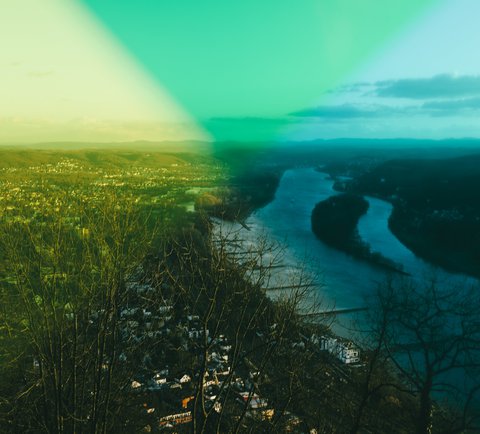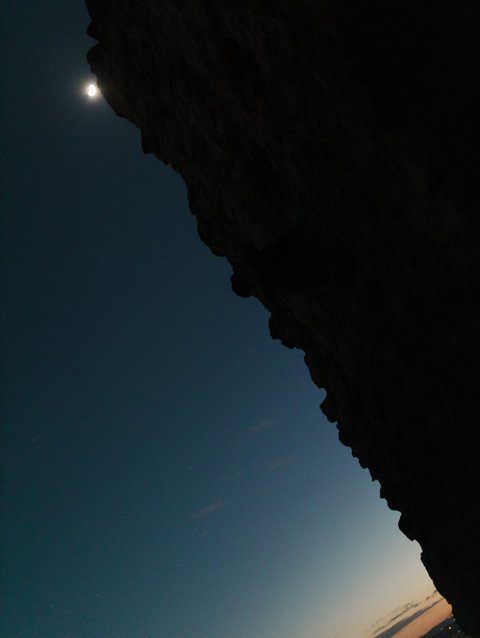Man is dependent on nature for his survival – a powerful experience that connects us to people of old, even in its musical reflection.
Take the seasons, for example: in 1725, they appeared as the leitmotif of Antonio Vivaldi’s four violin concertos, whose vividness catapulted the Venetian composer’s name to the top more than any of his other works. A little later, around 1800, Joseph Haydn composed his oratorio around the sequence of the seasons, and at about the same time, between 1876 and 1879, Joseph Joachim Raff wrote four opulent symphonies on the same theme.
The Seasons
Tue 5.9.2023, 19.30, Festival Centre Kreuzkirche
Il Giardino Armonico | Giovanni Antonini
Joseph Haydn: »The Seasons«
In this development, however, something decisive must have happened between Haydn and Raff, i.e. in the course of the 19th century. It is true that all the artists mentioned do not present the growth and decay of nature as isolated acoustic ›landscape tapestries‹, but place them in close relation to human activity, i.e. to culture in the broadest sense of the word. The two older works, however, are dominated by a fresh, curious, encyclopaedically collecting view of natural phenomena – unforgettable and amusing in equal measure in Haydn’s oratorio on »The Creation«, where a whole lexicon of sonic symbols for such phenomena, from sunballs to insects, is displayed. Raff, on the other hand, had left behind the gripping joy of the here and now of the Enlightenment; in his work, the »naïve« – to use Friedrich Schiller’s categories – was replaced by the »sentimental« view of nature. This more subjective relationship to nature was already evident in Haydn’s works, and a few years later it found an authoritative formula in Beethoven’s dictum about his sixth, the Pastoral Symphony – »more an expression of feeling than a painting«. But with Raff, the whole atmosphere is different, more fractured and riddled with question marks. Darker voices and moods creep in more often – and in »Zur Herbstzeit«, composed as the last of the seasonal symphonies, they even become dominant.
Its final movement is a hunting scene that also appears in the preceding symphonies. Here, however, it bears a curious title: »The Hunting of Men«. And listening to this not at all cheerful, but rather dark and sombre hunt, with its brutal kettledrum ›shots‹ and the cold triumph of the ›Halali‹ fanfares, one is tempted to think that the events may be depicted from the point of view of the animal being hunted and killed at the end. But even if the composer didn’t mean it that way: The fact that an irritation has arisen between man and his natural environment remains unmistakable. Although Vivaldi’s hunted game and Haydn’s bird plucked from the sky are not depicted without empathy, the music takes a quasi-scientific perspective. Now, in the age of industrialisation, things are different, and the sadness of the creature has a direct impact on people’s well-being – long before any ecological consequences become apparent.
A key scene can be found in Claude Debussy’s opera »Pelléas et Mélisande«, when little Yniold encounters a frightened and suddenly silent flock of sheep as darkness falls. Asked by the child why, the shepherd replies in a few words: »Because that’s not the way to the stable«. But then, according to the (unspoken) consequence, it is probably the way to the slaughterhouse: a reversal of everything that has historically been associated with the term »pastoral« as a lyrical, cheerful or pious rural scene over the centuries. Nature and man are also estranged in other ways in the opera: the depths of the water and the rocky grotto oscillate between enticement and horror, the forest is no longer sheltering or homely but menacing, and the night that rises in it is »very black and very cold«.
Recital: Danae Dörken
Tue 5.9.2023, 19:30, La RedouteClaude Debussy: »Sirènes« from »Trois Nocturnes«, arr. for piano
Ludwig van Beethoven: Piano Sonata No. 15 »Pastorale«
and works by Robert Schumann and Fazıl Say
Music history is not a one-way street. Debussy’s works include pieces of profound loneliness, in which nature shuts itself off from man without response, as well as pieces such as »Nuages«, »Sirènes« and »La mer«: fascinating images of the eternal change of atmosphere and water. But here too, nature appears as something alien, unavailable.
This distinguishes such sounds from the possessive – one might almost say touristic – gesture of works such as Felix Mendelssohn Bartholdy’s »Italian« or »Scottish« symphonies, Franz Liszt’s piano pilgrimages and their successors, through to Richard Strauss’s »Alpine Symphony«. While the immersion in the impressions gained ›outside‹ leads to an enthusiastic escape from the stereotypes of everyday bourgeois life, with historical associations flowing into the whirlwind of images alongside natural and cultural associations, the ›eternal‹ forces of nature – which in any case extend far beyond a single human life – tend to show man his limits in Debussy or Jean Sibelius, for example: Even if the earth suffers under us, it will last longer than we will; nature does not have to come to terms with man, but man must come to terms with nature.


